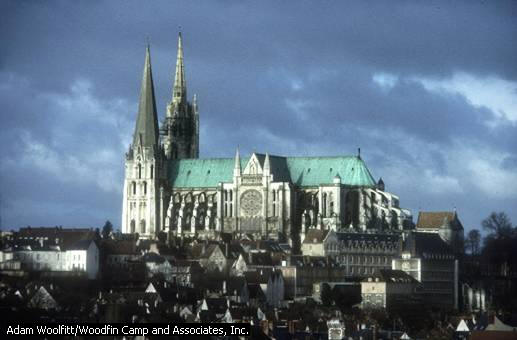|
James Hemings as valet and body servant accompanied Thomas Jefferson to Paris, learned to speak French and French cooking, returned to Monticello in 1790 with him and journey back to Paris from Monticello around 1797 after being freed by Jefferson from slavery. http://wiki.monticello.org/mediawiki/index.php/James_Hemings
We want to believe that James was motivated to return into the world of revolutionary ideas that led to freeing of slaves in all French claimed and owned West Indies Islands, including Haiti; but, by time he arrived his expected lady love was likely not available or dead and the revolution had been turned into the dictatorship of Napoleon Bonaparte. Indications are that he was an alcoholic and died at an early age in 1801, allegedly as a suicide. We assume that he would have spent considerable time with his brother Robert in Richmond during period in which he was free. Alcoholism was a devastating disease throughout most of the slave trade and chattel slavery era and did not end with emancipation. Scholars and writers have given too little attention to realities of alcohol and drugs in fueling the evils of not only slave raids and wars in Africa; but, also European slave castles, shipboard behavior and certainly on plantations like Monticello where Jefferson sons-in-law also had the disease. The famed triangular trade of New England molasses to the Caribbean for rum shipments to Africa, ... fueled most young men in slave raids and equally evil traders for slave castle bartering and shipments of human flesh to the Americas as slaves. The cancerous effect of alcoholism can not be measured but we ought to imagine that it was and is a major contributor to re-enslavement of millions of people. And, we know that European shipments of distilled spirits from places like Holland and rum from the Caribbean did not begin the problems of alcoholism in West Africa. Arabs under the banner of Islam beginning in the eighth century came, saw, despised and destroyed most African royals and armies in the great Sudan region, ... long destroyed from within by daily rituals and drinking of alcohol and related values like polygamy and mothers abusing rather than loving their children. Beginning in the 15th century, ... Europeans were able to exploit a weakness generated by centuries of palm wine and other distilled beverages that served to alter attitudes and behavior about what was good versus bad. For all its other faults, the establishment of organized Christianity in Europe had brought into existence environments for generating young mothers inspired to motivate young men to love an unseen deity greater than themselves; albeit via imposed aristocracies of earthly lords. We believe the good news of Jesus might have helped save millions of young men and women of African heritage like James Hemings via mothers like Betty Hemings motivating them to want for something greater than self-love and pleasure. The Jeffersonian declaration calling for life, liberty and pursuit of happiness was a catch-22 situation for millions of people in the Americas and Europe in that many lives with liberty of movement were dissipated in pursuit of pleasure as synonymous with "happiness." The difference, we think, is that liberty in the second objective of Jefferson's declaration has to be in conjunction with the liberation of others to be lasting; and, pursuit of happiness as the third objective is very much dependent upon basic beliefs about life itself. For many millions of young men, including Thomas Jefferson and likely Robert Hemings, the teachings of Jesus was their over-drive philosophy of life over what most normally endowed men seek and do, such as love of a woman rather than alcohol and other drugs.
 Chartres Cathedral, FranceThe cathedral at Chartres, France, has become one of the most famous Gothic structures in the world, due in large part to the artistry of the sculptural detailing and windows, which retain most of their original stained glass. Construction began on the main building in 1194 after a fire destroyed an older cathedral on the same site. The two towers on the west facade were built 300 years apart and have different designs and heights due to changes in architectural styles. The late Romanesque south spire, foreground, dates from the 13th century, and the late Gothic north spire, background, dates from the early 16th century. Adam Woolfitt/Woodfin Camp and Associates, Inc. Microsoft ® Encarta ® 2008. © 1993-2007 Microsoft Corporation. All rights reserved.
|
Email: Contact Us: Email to: Editors, More Mary Matters with questions or comments about this web site. |